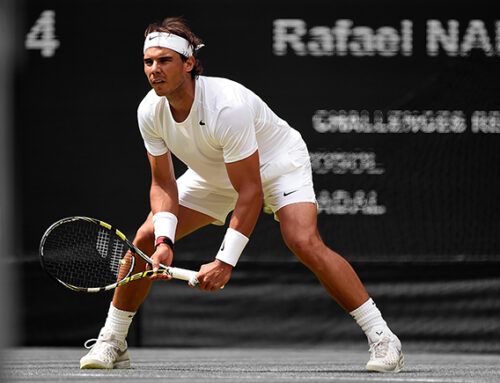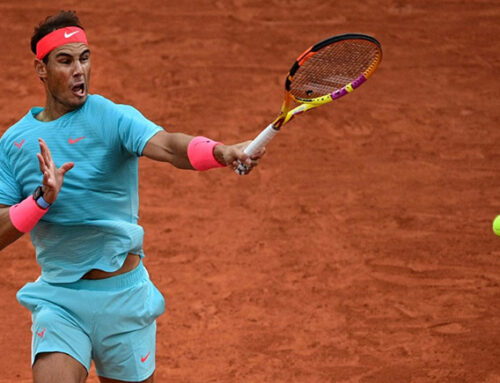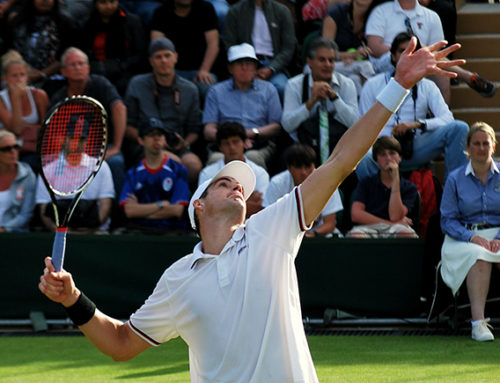A quick(ish) addition to address court speed and how it fits into this equation.
It is true that in general the courts are slower than they used to be. This is especially prevalent at Wimbledon, where they’ve changed the blend of grass as well as kept it short to allow a higher, slower bounce. We’ve seen a definitive shift on the grass courts in the past decade. In fact, Jim Fawcette over at http://www.fawcette.net/ posted this excellent video in an article he wrote about court speeds. This isn’t an endorsement of the content of his post (some of which I agree with and some of which I don’t) but I do wish to give credit where credit is due.
However this shift skews the perception of just how much slower courts in general have become. While it is true that hard courts on the pro tour are slower than they were 15 years ago, we don’t seem to have any meaningful measurement that gives us concrete numbers. Why that is is a topic of discussion for another post, but let’s get down to business:
Does slower courts really mark the death of serve and volley tennis? The short answer, is no.
Why not? Here is a short run-down of why slower and higher-bouncing courts are not the death-knell of serve and volley tennis.
1) Higher Bouncing Isn’t A Bad Thing
When people lament serve and volley tennis all but disappearing from Wimbledon, the height of the serve is always a talking factor. But the truth is, the low bounce at Wimbledon was a big aid only for the ‘big’ servers of the era, many of whom, while technically serve and volleyers, were more servers than volleyers. If you look at the quintessential serve and volleyer Pat Rafter, he had much better results on the higher bouncing hard courts of Flushing Meadows than on the skidding grass of Wimbledon. The truth is that a high bounce can be an aid to a serve and volley player who uses a lot of topspin and movement on the serve as opposed to relying on pure pace. It allows him to consistently get the ball above the comfortable strike zone of most players and also to stretch them out more easily when needed in the process.
2) Slower Isn’t Always A Bad Thing
There is such a thing as serving too fast when it comes to the serve and volley. Every second less it takes for the ball to reach the opponent is a second less the server has to get closer to the net, cutting off the angles and making for an easier first volley. A slightly slower court can potentially be used as a boon by the intelligent serve and volley player who isn’t relying on a 135 mph serve to earn a bunted, floating return. In the vein of a Rafter or Edberg, the slightly extra time can be used to close the net and make for an easier first volley.
3) A Low, Skidding Volley Is Still A Low Skidding Volley
They slow hard courts down mostly by adding more sand to the mixture, making it grittier. This increases the friction between ball and court, and the ball loses more velocity on contact as a result. Another effect of this is the court tends to take the balls spin more. This is part of the reason why we look at slow courts and notice that they also tend to be higher bouncing. It isn’t because the court surface is bouncier than a faster court. It is that the topspin has greater effect than on a slicker court surface. But that works both ways. A dropshot, for example, is more effective on the slower, grippier court. A low, underspin volley will still be a low, underspin volley. It won’t skid as much as on a faster, slicker surface. But it will still be low, it will have a lot of spin on it and it still has the potential to be effective.
I won’t write more at this juncture, because I’m already starting to give away some of Part 2 – how to be an effective serve and volleyer in the modern game at the pro level.


